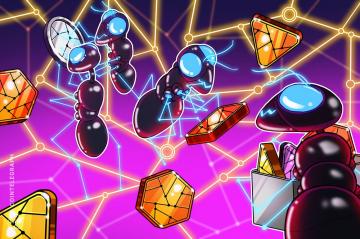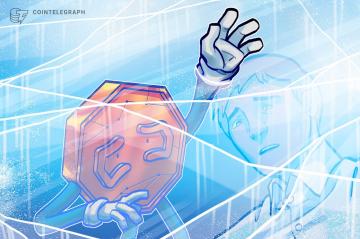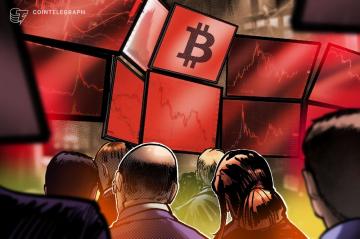London–based HSBC, the eighth largest bank in the world, will conduct a series of trials and experiments utitlizing quantum encryption technology in collaboration with Amazon Web Services, BT, and Toshiba.
HSBC is the first bank to commit to trials on the new quantum “metro” network, a secure transaction system that utilizes unbreakable encryption to secure transactions via quantum cryptography.
Developed by Toshiba in partnership with telecom giant BT, the quantum metro network is designed to allow unconditionally secure transactions between institutions. HSBC will trial several use-cases on the network including financial transactions, video calls, and edge-computing.
One of the key quantum tech uses HSBC will experiment with is called “quantum key distribution” (QKD). This is essentially the secret sauce that allows two parties separated by distance to send information to one another in a secure manner.
QKDs are one-off encryption keys generated for both parties at the same time. Thanks to what Albert Einstein deemed “spooky action at a distance,” quantum states tend to collapse when measured. Thus, quantum data is deemed impenetrable.
For the purposes of QKD, this means any attempt by an external party to view, eavesdrop, intercept, or modify an equipped transaction would be instantly detectable by both parties.
Related: Researchers demonstrate ‘unconditionally secure’ quantum digital payments
Currently, there are technological limitations on the distance QKDs can be sent. When we send classical data — information meant for use by a traditional, non-quantum computer — over long distances through fiber optics, we can boost the signal strength of the photons carrying the data.
However, photons carrying quantum data cannot be boosted, and they suffer from exponential loss due to the "noisy" nature of quantum information. This means that the longer the fiber optic network is, the less likely quantum data will survive transmission. Theoretically, the current limits can be overcome using higher-intensity photons, but scientists are just beginning to develop these solutions.
Scientists in China, for example, published research in May 2023 indicating they’d successfully sent QKDs across 1,000 kilometers of fiber optic cable, a new world record for non-relay QKD.
The HSBC trials being conducted on the BT-Toshiba metro network won't need that much runway, though. Per the announcement, the tests will occur over 62 kilometers of fiber optic cables connecting the bank’s global HQ in Canary Wharf to a data center in Berkshire.





























































